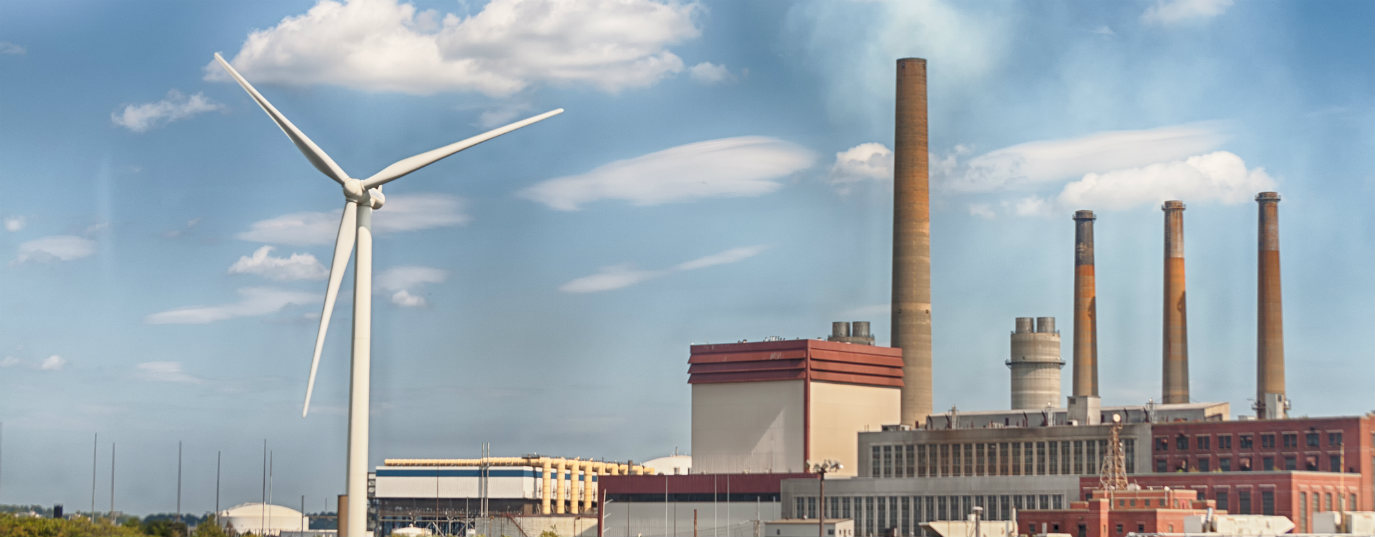Carbon footprint, which is better? eBooks or traditional books?
Book lovers are opting for both so lets see the pros and cons of each.The eBook versus print. Book lovers are opting for both so we are going to delve into the pros and cons of each and their carbon footprint.
The pros of eBooks include the following:
- They do not use paper.
- They save space and thus transport and CO2 per kg when it comes to distribution.
- They hardly need any light when it comes to reading.
Cons when it comes to eBooks:
- Their waste includes toxic components (such as zinc or arsenic).
- They require mining of minerals meaning the destruction of forests that leads to deforestation.
- They use energy especially for charging and/or changing batteries.
When it comes to the carbon footprint for traditional print books, there are also advantages:
- Books are made from recyclable materials that require no mineral mining.
- If measures such as eco publishing are taken, their environmental impact decreases substantially.
- They require no energy for use.
As well as disadvantages:
- They may contain inks or be made with solvents that are toxic.
- If they are not published ecologically, this represents trees being cut down in an unsustainable way.
- They take up more space and weigh more meaning they have a higher carbon footprint in terms of transport for distribution.
These are the highlights we should bear in mind when calculating the carbon footprint and, therefore, when choosing one format or another. According to a study from the Royal Institute of Technology in Sweden, an eBook begins to compensate for a print book when at least 33 digital works with around 360 pages have been read; in this way, we can calculate if an eBook will be worth it for us or not.
The paper and printing for a book may leave a carbon footprint of 250g to 1kg depending on the ink used, the paper, etc.
Research is being carried out to optimise production, distribution and use of both formats that seem to be destined to coexist for a long time to come. Steps such as eco-publishing, materials with lower carbon footprints, lighter formats, reuse, library lending, recycling, etc. are being implemented to lower emitted kg of CO2 as much as possible.
What will you choose?







